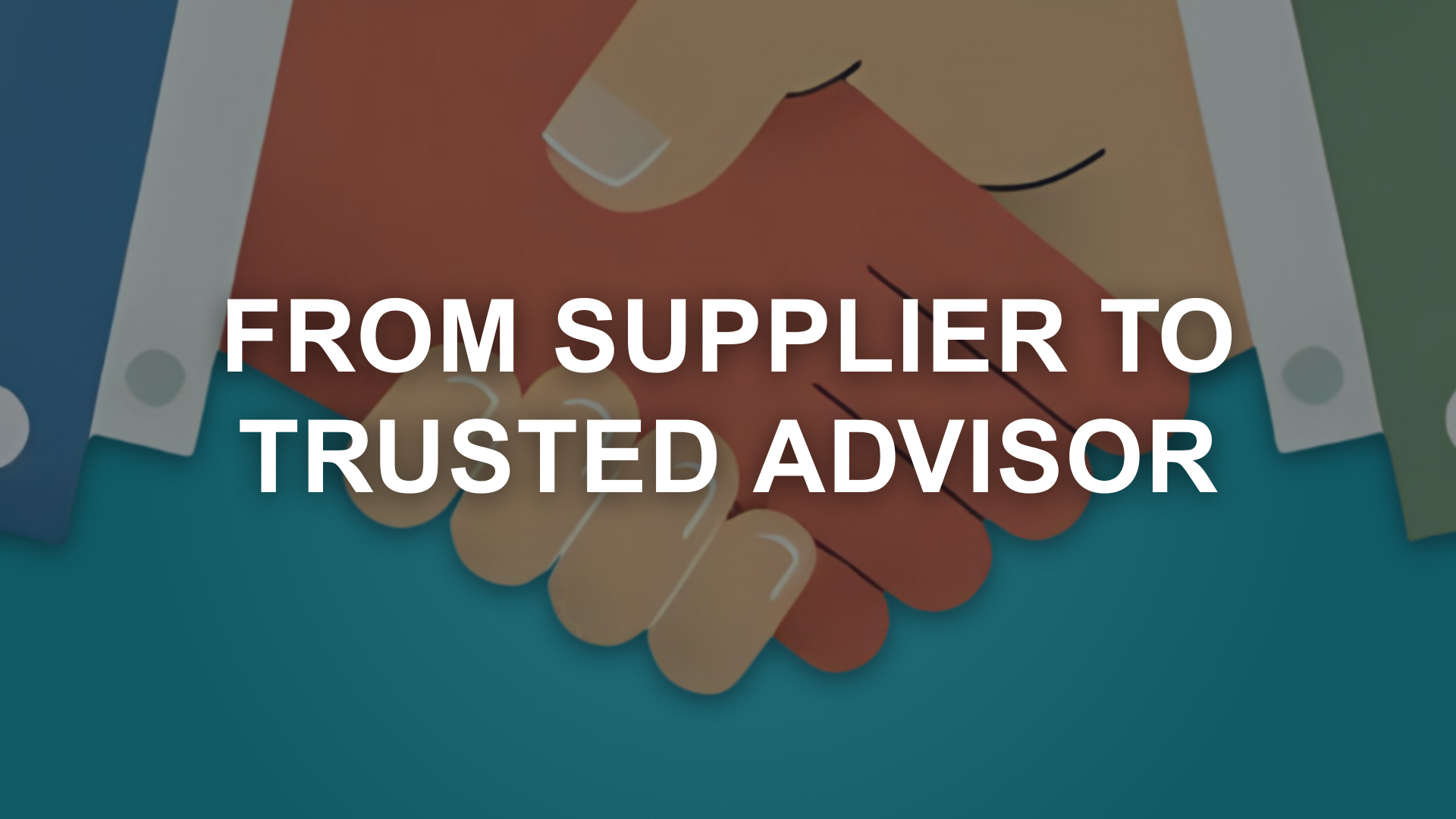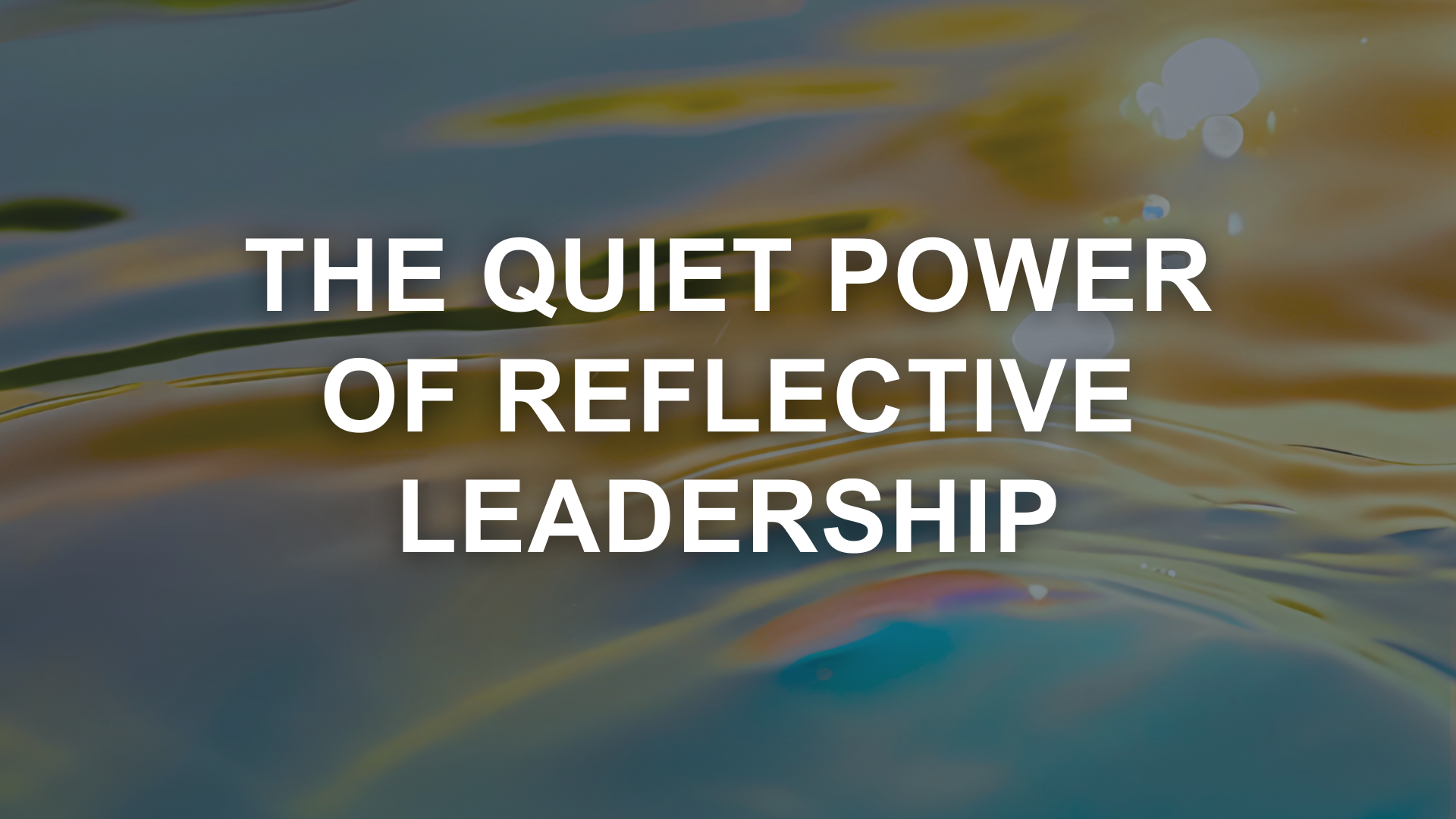
From Tactical to Strategic: How Adult Development Stage Theory Can Help Unlock Executive Potential
OCTOBER 2025
DISCLAIMER: ALL VISUAL CONTENT AND DESIGNS WERE CREATED USING CANVA.Imagine this scenario:
You are preparing to step into a senior leadership role—maybe you are on the cusp of becoming a Partner, joining the Senior Leadership Team, being considered for the C-suite, or taking a seat on the Executive Board.
You have always delivered. You are known for your strong leadership, effective execution and clarity of purpose. You run high-performing teams and consistently hit targets. But now, something feels different.
The conversations are changing. Meetings are less about task alignment and more about organisational positioning. There is less certainty, more ambiguity. You begin to realise: this next level isn't just a bigger role. It's a different way of thinking.
In our coaching experience with leaders at this exact juncture, we have noticed a consistent pattern—those who thrive in the transition are not just building skills; they’re evolving their inner capacity. This is where adult development stage theory becomes a powerful lens.
Pioneered by researchers such as Robert Kegan, Lisa Lahey, and Susanne Cook-Greuter, this theory outlines how adults can continue developing more complex ways of thinking—crucial for leadership in today’s dynamic environments.

“The real voyage of discovery consists not in seeking new landscapes, but in having new eyes.”
– Marcel Proust
Many high-performing leaders begin their careers operating from what adult development stage theory calls the Socialised Mind. At this stage, success is built on aligning with others’ expectations, working well within systems, and seeking approval or consensus. This creates reliable, team-oriented managers.
But stepping into senior leadership demands a different centre of gravity.
At this point, leaders often need to move into the Self-Authoring Mind. This shift is about developing your own internal compass. It means no longer looking outward for validation, but inward for clarity. It is why perhaps the most powerful aspect of senior leadership is self- evaluation and adjustment.
In this stage, leaders begin to form their own worldview. Strategy conversations are no longer about echoing group sentiment—they are about shaping the agenda. Instead of asking, “Do others agree with me?” it becomes, “What do I stand for, and what future do I believe we should create?”
The Inner Shifts Behind Outer Leadership
As leaders grow into executive roles, they inevitably encounter more ambiguity, competing priorities, and often paradox. This requires a further transformation—toward the Self-Transforming Mind.
Here, leadership becomes less about control and more about curiosity. You begin to see your own frameworks as partial. You hold multiple perspectives. You ask bigger questions:
“What are the patterns that run across our silos?”
“Where is our system stuck?”
“What are we not seeing because of how we are framing the problem?”
These leaders can sit in uncertainty without rushing to closure. They are comfortable operating in areas of grey rather than only black and white. As a result, they create space for innovation, systems thinking, and collective intelligence.
In our coaching and leadership advisory work, here are the key developmental shifts we have seen leaders need to make when stepping into strategic roles:
From executing tasks to shaping systems
From clear answers to holding competing truths
From seeking approval to owning a personal vision
From individual contribution to organisational stewardship
From identifying with one “right” way to being open to evolving perspectives
From delivering outcomes to enabling transformation
Organisations often focus on developing leadership skills—but real strategic leadership requires evolving the mindset behind those skills to transform business thinking. When leaders are supported through these developmental transitions, they don’t just succeed at the next level—they change how they function and lead altogether.
And that shift—from tactical excellence to strategic influence—is what defines the transition a leader needs.
Takeaways: What Leaders Need to Shift in Senior Role Transitions








